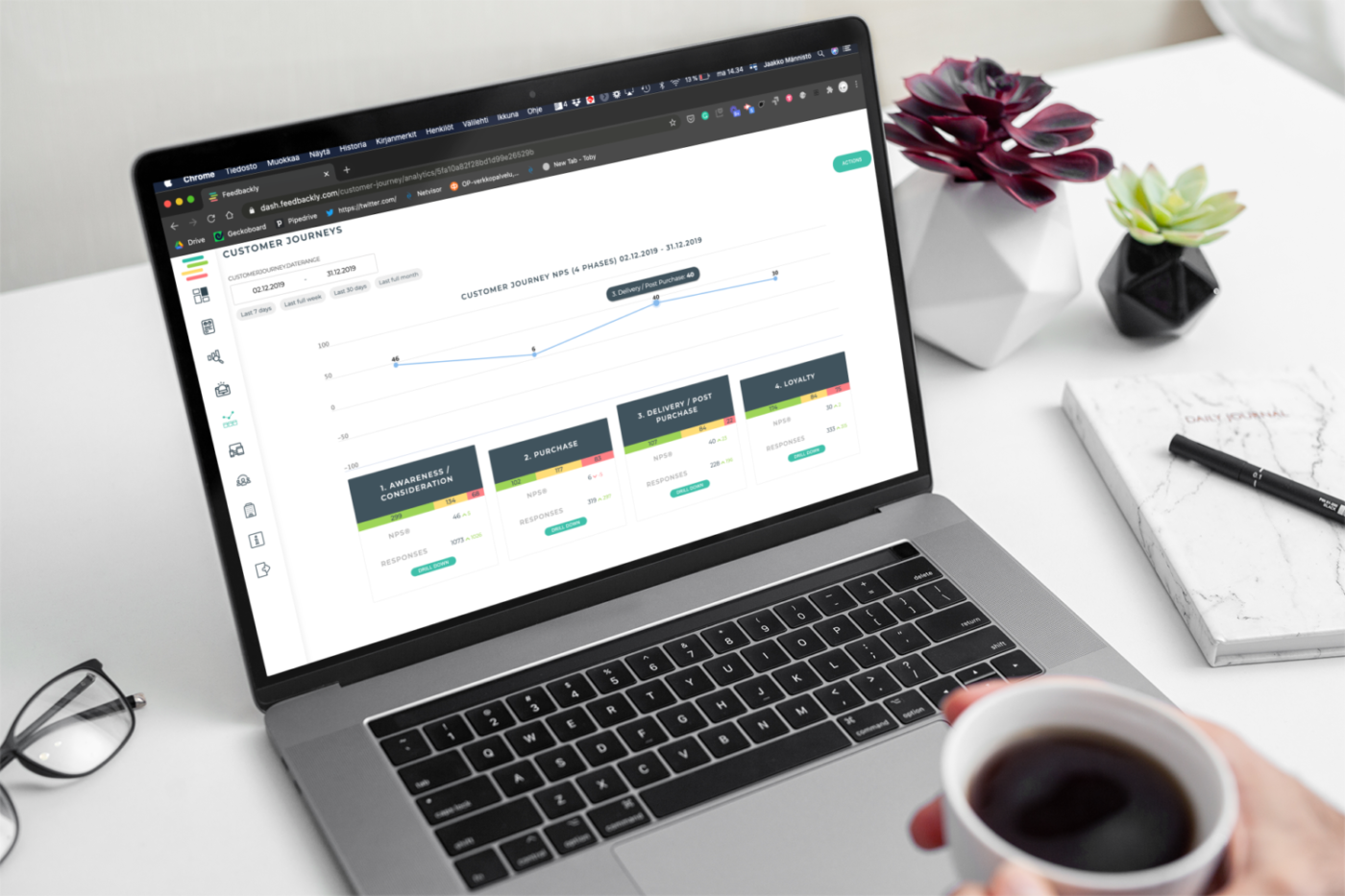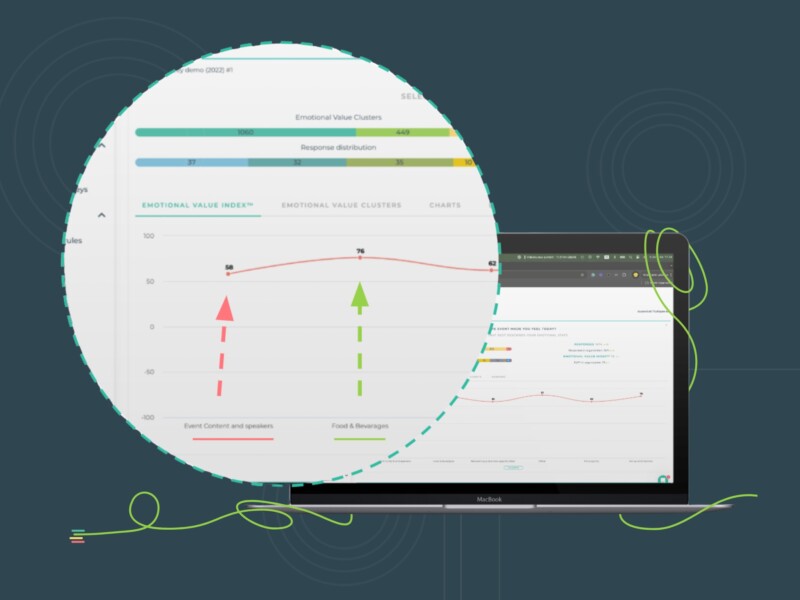If businesses want to provide a stellar customer experience, they have to understand the customer journey of their clients first.
Jaakko Männistö, in his book “The Journey – How to create the happiest customers in the world,” defines customer journey as a complete experience that encompasses all customer interactions that take place from the first encounter to the last. Typically, a customer journey consists of five major phases known as awareness, consideration, purchase, retention, and loyalty.
The best way to understand your customer’s journey is by mapping it out in detail.
What is Customer Journey Mapping?
Customer journey mapping is the process of visualizing the buyer’s journey to gain a better understanding of your clients. Initially, you can start with a basic sketch that outlines the major phases and develop it into a fully-fledged map that highlights every interaction and touchpoint.
It’s important to understand that no two customer journeys are the same. Depending on the nature of the business and the type of product/service you offer, your customer journey map can significantly different from another business. Similarly, a business can have multiple customer journey maps as well, depending on different customer personas they deal with.
If you are wondering where to start, here’s a step-by-step guide to help you map a successful customer journey!
How to Map a Customer Journey?
- Focus on the objective of mapping
It’s impossible to map every scenario in a single map, especially if you have multiple customer personalities and a complex web of touchpoints. So, before you begin to map, identify the main purpose and objective of mapping the particular journey. It will help you create a more specific and useful map.
- Identify your customer persona
It’s important to have a clear grasp of who is your customer before you map out other details. Conduct extensive research on the targeted customer personality to understand their purchasing habits, behavior, preferences, and expectations. This way, you know why customers behave in a certain way, whether it’s spending a lot of time examining products or making purchases impulsively. You can gather information from your existing customer-related records, employees, and feedback.
- Identify customer touchpoints
A touchpoint is any point of contact between the customer and the business. As Jaakko Männistö highlights in the same book, many brands do the grave mistake of solely focusing on the buying decision, thereby disregarding the touchpoints that occur in the pre-sale and post-sale stages. But, it’s important to identify all the touchpoints related to your business if you want to ensure customers receive a positive experience throughout the journey. The best way to do it is by imagining yourself in the position of a customer.
- Map the touchpoints in order
Once you have identified all the touchpoints that you could gather, it’s important to arrange them in the right sequence and categorize them under each stage of the journey. As an example, the touchpoint “advertisements” should be placed in the awareness stage. Including the touchpoints alone will partially complete your customer journey and give you a good understanding of the customer interactions.
- Identify existing gaps or pain points
Here, focus on aspects that would make the customer hesitate or even turn away and leave. If transitions from one touchpoint to another are not streamlined properly, customers will end up frustrated. So, identifying pain points will help you improve it, eliminate silos, and enhance the omnichannel experience delivered by your brand. Gaps can also exist between customer expectations and actual delivery, so it’s important to consider them as well here.
- Develop Key Performance Indicators (KPIs)
Your customer journey map won’t be successful until you integrate KPIs to measure its effectiveness. According to Jaakko Männistö, KPIs are important to optimize your efforts of improving customer experience through journey mapping. Some of the frequently used KPIs are sales, conversion rate, retention rate, and checkout abandonment rate.
- Update and make improvements
The journey map you have created is time-bound as new touchpoints develop overtime and customer behaviors and expectations keep evolving. Therefore, it’s important to keep renewing and updating your customer journey map to suit the present context in order for it to be truly beneficial for your business.
Feedbackly can help you track your customer journeys in real-time. It helps you pinpoint and fix problems at any customer touchpoint instantly to keep each lead on the path to conversion. Learn more about Feedbackly’s Customer Journey Mapping tool here:




